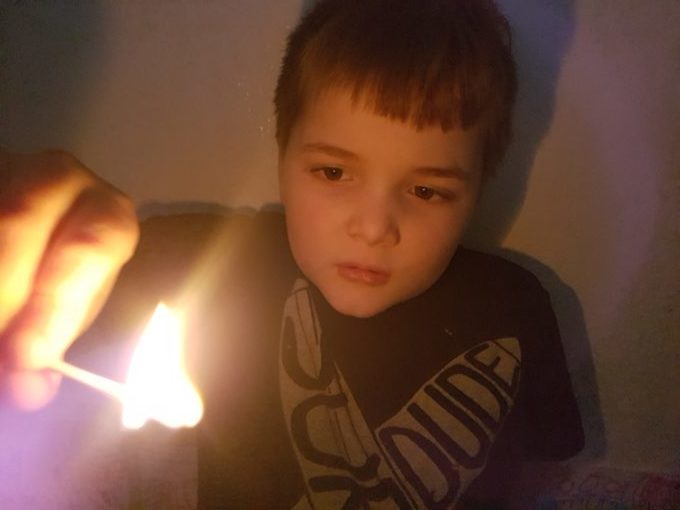 This unit took a little while and there was quite a bit of reading, but it was jam packed with information and was quite fun!
This unit took a little while and there was quite a bit of reading, but it was jam packed with information and was quite fun!
For this unit we only used one reading resource, The Fundamentals of Fire Fighting Skills (third edition). This book and other helpful resources are discussed in more detail on the Orientation Page, while the Fire Fighting Skills Homepage also outlines (with links as we go along) each of the units we will cover if you want more information.
Here is a list of the skills and learning goals for this unit, along with the page numbers for each. Fire and Fire Behavior:
- What is fire and energy? – Pages 142-3
- Conditions needed for fire – Page 144
- Smoke as a product of combustion – Page 145
- Mechanisms of fire spread – Pages 146-7
- Methods of Extinguishing – Pages 148
- Classes of Fire – Pages 148-9
- The four phases of fire development in solid-fuel fires – Pages 1150-52
- Characteristics of a room-and-contents fire – 152-54, 156
- Thermal Layering, Flameover/Rollover, Flashover, Backdraft – Page 155
- Smoke Reading – Pages 158-61
- REVIEW: Barron’s Firefighter Exams: 6th Edition:
- Pages 110-11, 188-89
- Additional Hands-On and Project Ideas:
- Matt Hinkle made a YouTube video talking about Smoke Reading that also contains two really easy experiments. (Video of Nathan doing them below.)
- YouTube ‘Fire Behavior’ videos.
- This Backdraft YouTube video really highlights the way smoke changes when a fire consumes all the oxygen then receives a good healthy helping. There is not really any dialogue so you need to do some study first and then pick out the ‘symptoms’ before the big (awesome!) backdraft blows. Here is a shortened version with Nathan’s reaction.
- Practice building a fire starting with kindling
- Have your child add pages to their personal Fire Fighting Skills book with drawings; the types of fire and fire extinguishing; the spread of fire; the volume, velocity, density, and color of smoke; thermal layering, flameover/rollover, flashover, backdraft… and more.
- Matt Hinkle made a YouTube video talking about Smoke Reading that also contains two really easy experiments. (Video of Nathan doing them below.)
So how did it go for us?!
Unfortunately there aren’t a lot of smoke and fire related experiments that we could easily do on our property or with a 6 year old, so there wasn’t a lot of hands on for this unit, but YouTube videos are quite fun, and the subject matter is fascinating.
There are a lot of parts to learning about ‘fire and how it acts,’ and there is an immense amount of information crammed into those few words. Throughout the reading we came across several things that would get repeated and repeated.
- The 3+ elements to a fire; fuel, heat, oxygen, and the chemical reaction of the three.
- Different types of fire need to be extinguished different ways.
- Fires start small and spreads in a common pattern.
- Reading smoke is incredibly useful. It can tell us how hot the fire is burning, where it is located, how long it has been burning, how safe a room may be to enter…
- Smoke is unburned matter that is simply waiting to burn; either needing the right temperature or enough oxygen.
- Oxygen can be a fireman’s enemy. (We’ll learn more about how Fire Fighters can manipulate it to their benefit in the Ventilation Unit.)
- Smoke is deadly. Not only it’s contents and temperature but even more it’s potential to combust.
In the end it was a lot of reading but not in a forced manner since we were enjoying it. There was a lot of review of the previous days’ readings before picking-up where we left off. Learning the importance of smoke in the field of Fire Fighting is an incredibly helpful piece of information. I was certainly glad to move on to the next unit, as ‘Fire Extinguishers’ are far less complicated and in-depth, but it was immediately evident that the information we had learned in Fire and Fire Behavior will be used and re-used for every step of our learning after.

Post a comment